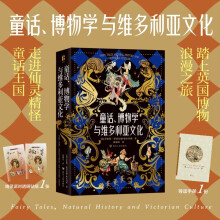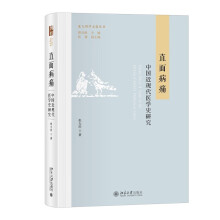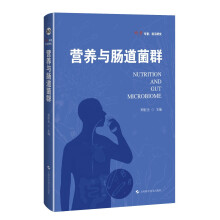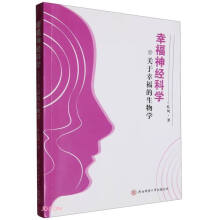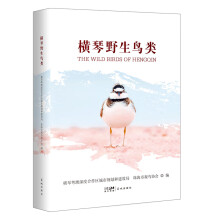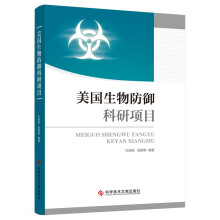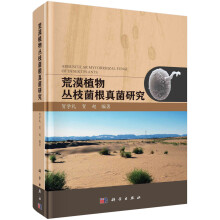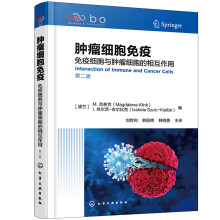精绘中华本草
菘蓝
基源 十字花科Brnssicaceae菘蓝属Isatis植物菘蓝Isatis indigotica Fort.的干燥根。药材名为“板蓝根”。
形态特征 二年生草本。茎直立,绿色,顶部多分枝,植株光滑无毛,带白粉霜。基生叶莲座状,长圆形,全缘或稍具波状齿,具柄;茎生叶长椭圆形。花瓣黄白色。短角果近长圆形,扁平,无 毛,边缘有翅。种子长圆形,淡褐色。
生境分布 我国华北与华东地区常见栽培。
采收加工 秋季采挖,除去泥沙,晒干。
性昧功能 寒,苦。清热解毒,凉血消斑。
主治用法 主要用于温病高热,神昏,发斑发疹,痄腮,喉痹,丹毒,痈肿。
化学成分 主要含有吲哚类成分,如靛蓝、靛玉红等;生物碱类,如告依春、表告依春等;有机酸类, 如苯甲酸、水杨酸、丁香酸等;另外还含有氨基酸类、甾醇类化合物、腺苷、多糖、板蓝根甲素、芥子苷类、喹唑酮类等。
备注 菘蓝的叶为大青叶,叶经过加工可制成青黛,均具有清热解毒,凉血消斑等功用。
Source It is the dried root of Isatis indigotica Fort. (Brassicaceae). The medicinal material is called “Ban-langen”.
Distribution I. indigotica is commonly cultivated in northern and eastern China.
Indications It is commonly used in warm diseases with high fever, loss of consciousness, macular and papular eruption, mumps, pharyngitis, erysipelas, and swollen welling-abscess.
Chemical Constituents It contains indoles such as indigo and indirubin, alkaloids such as goitrine and epigoitrin, organic acids such as benzoic acid, salicylic acid, and syringic acid. In addition, it also contains amino acids, sterols, adenosine, polysaccharides, isatan A, glucosinolate, quinazolone, etc.
Note The leaves of I. indigotica are called Folium Isatidis, which can be processed into Indigo Natura-lis. Both can clear heat and resolve toxins, as well as cool blood and remove ecchymosis.
南五味子
基源 木兰科Magnoliaceae南五味子属Kadsura植物南五味子Kadsura longipedunculata Finet et Gagnep.的干燥根。药材名为“红木香”。
形态特征 藤本。叶长圆状披针形、倒卵状披针形或卵状长圆形,先端渐尖或尖,基部狭楔形或宽楔形,边有疏齿,侧脉每边5-7条;上面具淡褐色透明腺点。花单生于叶腋,雌雄异株;雄花花 被片白色或淡黄色,8-17片;雌花花被片与雄花相似,雌蕊群椭圆体形或球形。聚合果球形, 小浆果倒卵圆形,外果皮薄革质,干时显出种子。种子2-3,肾形或肾状椭圆体形。
生境分布 分布于长江流域以南各地。生于海拔200-1200m的山坡、阔叶林中的溪涧旁。
采收加工 立冬前后采挖,去净残茎、细根及泥土,晒干。
性昧功能 温,辛、苦。理气止痛,祛风通络,活血消肿。
主治用法 主要用于胃痛,腹痛,风湿痹痛,痛经,月经不调,产后腹痛,咽喉肿痛,痔疮,无名肿毒,跌打损伤。
化学成分 根中含有木脂素类和三萜类成分,木脂素有右旋安五脂素、五内酯B、五内酯E、长南酸、内消旋二氢愈创木脂酸、五味子素、华中五味子醇B、戈米辛、翼梗五味子酚、华中五味子酯B等;茎中含有苯甲酰日本南五味子木脂素A、异戊酰日本南五味子木脂素A、当归酰日本南五味子木脂素A、日本南五味子木脂素A、南五味子内酯、南五味子二内酯等。
Source It is the dried root of Kadsura longipedunculata Finet et Gagnep. (Magnoliaceae). The medicinal material is called “Hongmuxiang”.
Distribution K. longipedunculata is distributed in the south of the Yangtze River Basin, grown on mountain slopes, in valleys and beside streams of broad-leaf forests at an altitude of 200-1200 m.
Indications It is mainly used to treat stomach pain, abdominal pain, wind-dampness impediment pain, dysmenorrhea, irregular menstruation, postpartum abdominal pain, sore throat, hemorrhoids, innominate toxin swelling, and traumatic injury.
Chemical Constituents The root contains lignans and triterpenes as ingredients. The former includes (+)-anwulignan, schisanlactone B, schisanlactone E, changnanic acid, meso-dihydroguaiaretic acid, schisandrin, and schisandrol B, gomisin, schisanhenol, and schisantherin B. The stem includes benzoylbinan-kadsurin A, A, angeloylbinankadsurin A, binankadsurin A, kadsulactone, kadsudilactone, etc.
黑老虎
基源 木兰科Magnoliaceae南五味子属Kadsura植物黑老虎Kadsura coccinea(Lem.)A. C. Smith的干燥根。药材名为“黑老虎”。
形态特征 藤本,全株无毛。叶革质,长圆形至卵状披针形,先端钝或短渐尖,基部宽楔形或近圆形,全缘,侧脉每边6-7条,网脉不明显。花单生于叶腋,稀成对,雌雄异株;雄花花被片红色,10-16片;雌花花被片与雄花相似。聚合果近球形,红色或暗紫色,小浆果倒卵形,外果皮革质。种子心形或卵状心形。
生境分布 分布于江西、福建、湖南、广东、广西、四川、贵州、云南等地。生于山地疏林中,常缠绕 于大树上。
采收加工 全年均可采,掘起根部及须根,洗净泥沙,切成小段,晒干。
性昧功能 温,辛、微苦。行气止痛,散瘀通络。
主治用法 主要用于胃及十二指肠溃疡,慢性胃炎,急性胃肠炎,风湿痹痛,跌打损伤,骨折,痛经,产后瘀血腹痛,疝气痛。
化学成分根中含有木脂素类成分,如新南五味子木脂宁、乙酰基日本南五味子木脂素A、丙酰基氧代 南五味子烷、乙酰基氧代南五味子烷、苯甲酰氧代南五味子烷、异戊酰氧代南五味子醇、24-亚甲基环木菠萝烯酮、南五味子酸、黑老虎酸、异南五味子木脂宁、冷饭团素、去氧五 味子素、R-五味子丙素、南五味子木脂宁等成分。
备注 黑老虎的果实可食,为南方特色水果之一。
Source It is the dried root of Kadsura coccinea (Lem.) A. C. Smith (Magnoliaceae). The medicinal material is called “Heilaohu”.
Distribution K. coccinea is distributed in Jiangxi, Fujian, Hunan, Guangdong, Guangxi, Sichuan, Guizhou, Yunnan and other provinces. It grows in sparse mountain forests, and often twines on big trees.
Indications It is mainly used to treat gastric and duodenal ulcers, chronic gastritis, acute gastroenteritis, wind-dampness impediment pain, traumatic injury, bone fracture, dysmenorrhea, postpartum abdominal pain due to blood stasis, and pain caused by hernia.
Chemical Constituents The root contains lignans, such as neokadsuranin, acetylbinankadsurin A, propionyl oxokad-surane, acetoxyl oxokadsurane, benzoyl oxokadsurane, isovaleroyl oxokadsuranol, 24-methylene cycloartenone, kadsuric acid, coccinic acid, isokadsuranin, kadsutherin, deoxyschizandrin, R-schisandrin C, kadsuranin, etc.
Note The fruit is edible and is a regional specialty in southern China.
展开

